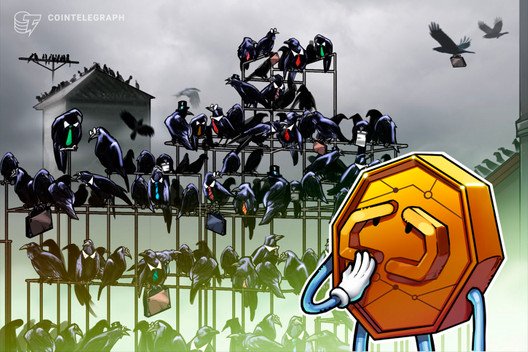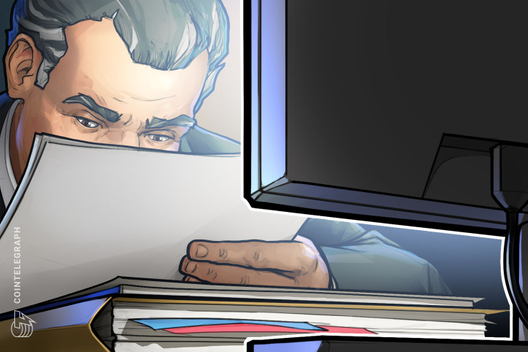The global economy is experiencing massive shockwaves due to the continuing global coronavirus pandemic. Markets are at record levels of volatility, seeing historic swings in both directions on a near-daily basis. In the midst of the crisis, pundits and talking heads on television are switching tunes like a DJ quickly rotating through songs. One day they believe the bottom is in, while the next they are screaming for a repeat of the Great Depression.
As all of this occurs investors are scared and while they should be nervous, it’s also good to have a plan of action for when catastrophic market events occur. A frequent question I receive is, how should the average retail investor assess risk and navigate these rough seas?
First, it is important to remember that we have been here before. While the reason for the economic crisis is different this time, recessions, depressions and corrections are a part of natural market cycles. To that end, the first thing to remember is never to panic or make decisions out of fear.
The stock market has always recovered in the past – in fact, there has never been a time in the history of the market that stocks have been a bad investment over a 10 year period. Equities have yielded at least a 7% gain over that time frame at every point since inception.
To state it plainly – dips have always been for buying on stocks if you have a long time horizon as an investor. Even the Great Depression was a buying opportunity for savvy investors.
With that in mind, here are some practical tips for handling your portfolio and tightening up your risk management during this trying time.
1. Keep investing for retirement
Anyone who is not yet retired should maintain the same strategy that they had before the crisis, passively investing and dollar-cost averaging into the stock market in a tax-deferred fund like a 401K or IRA.
While it is scary to see your net worth dropping, your retirement fund is focused on growing your capital over many decades. An economic crisis is more likely a buying opportunity than a selling opportunity when viewed with a long time horizon. Just imagine, in 10 years, this downturn will likely be a blip and the equities you purchased will have been obtained at a significant discount.
If you were in the market during the 2008 financial crisis and experienced a portfolio drop of more than 50%, then you also know that sticking to your plan was effective. Remember, a new bull market started in 2009 and continued until the start of March 2020.
Focus on the fact that stocks will recover, without worrying about when.
If you are retired, then you have likely already rebalanced heavily into bonds and cash, which are both stable. That’s why you reduce exposure to riskier assets over time.
2. Increase your emergency fund
Having emergency savings is always crucial and general financial guidance suggests that everyone should have cash set aside to cover at least 3 to 12 months’ worth of living expenses in case one loses their job.
Such a fund is even more essential during a time of global economic crisis, with record unemployment and market uncertainty. Assuming you still have income, it’s a good idea to set some of the money aside to increase your cash savings for further emergencies.
3. Cash is king
As an investor and trader, I always keep at least 15% of my portfolio in cash – this is different from my emergency fund. Cash is an essential part of any portfolio and risk management strategy because it’s value increases during a downturn.
If you have cash in your crypto portfolio and treat it as an asset, you will notice that the Bitcoin value of your portfolio rises when Bitcoin price drops – because the cash is “beating” Bitcoin. You need to cash to be flexible and able to buy dips. Never be fully deployed.
The thinking is the same as with equities. The buying power of your cash increases as equities become cheaper. There is a reason that Warren Buffett is sitting on a $125 billion mound of cash. It’s because he’s waiting to buy distressed assets. You can do the same.
Furthermore, recent demand from companies and countries all over the world has created a shortage of dollars because they often hoard more of the currency than they immediately need in response to fears about the coronavirus.
In times of trouble, people want dollars. The dollar is still the only true safe-haven asset regardless of how many the Federal Reserve continues to print. It is the world’s reserve currency
4. Buy Bitcoin
Any hedge fund manager or individual who performs a risk assessment of their portfolio should come to the same conclusion – buy Bitcoin. Bitcoin and crypto in general, is arguably the only truly uncorrelated asset in the world, meaning that its value is not determined by the same underlying factors as everything else. This offers idiosyncratic risk in your portfolio, as opposed to the systematic risk from every other asset.
I personally believe that everyone should have a small investment in Bitcoin because it offers insurance against inflationary currency and bad actors. This is crucial for proper risk management.
As a retail investor, the best way to invest in Bitcoin is to dollar cost average. Dollar-cost averaging removes the guesswork and risk of buying all at once and it is a price agnostic strategy that allows you to buy dips over the long term in a trending market.
This is basically no different than passively investing in equities via a retirement fund. I buy Bitcoin almost every day, regardless of price, in small amounts for my long term portfolio.
5. Crypto investors should diversify
Nobody should be 100% invested in anything. Period. Even the most hardcore Bitcoin maximalist should have a diversified portfolio with exposure to multiple assets. The present economic crisis could be a great opportunity for crypto investors to buy cheap equities, real estate and bonds to improve their risk management.
People around the world are struggling right now. There is increasing concern that the global economy will remain shut down for an extended period of time and that more jobs will be lost. By properly managing your portfolio risk, you can safely navigate through some money-related concerns by making excellent investment decisions that will bear fruit over the long run.
The views and opinions expressed here are solely those of the author and do not necessarily reflect the views of Cointelegraph. Every investment and trading move involves risk. You should conduct your own research when making a decision.









